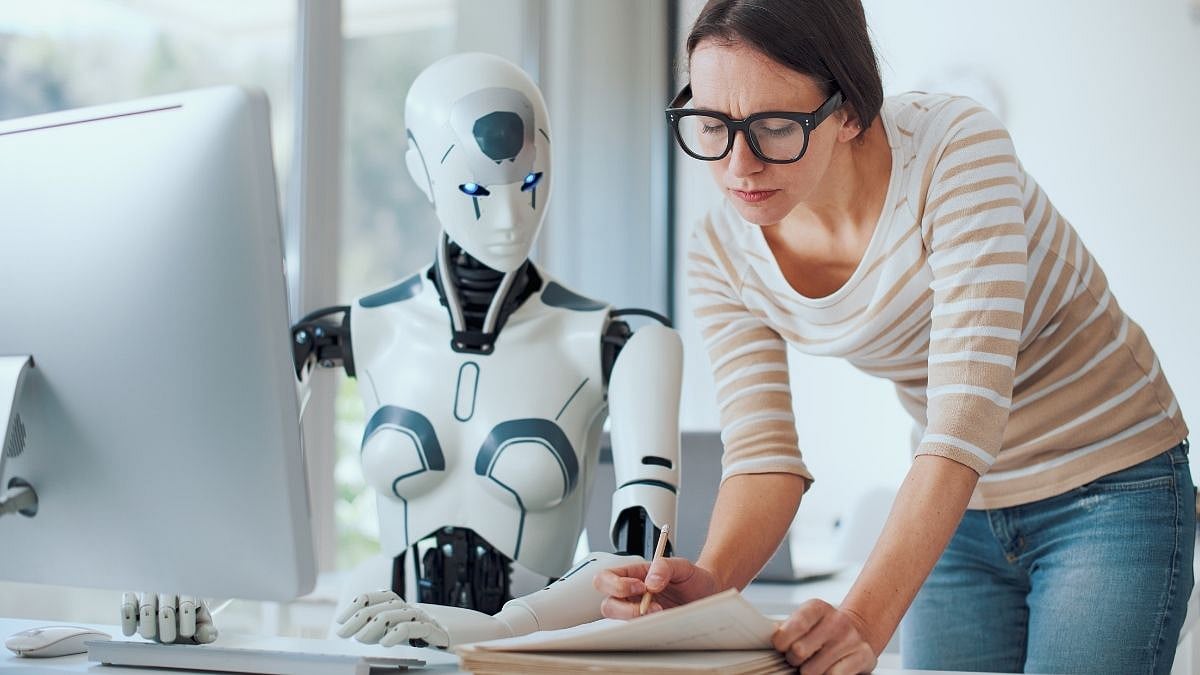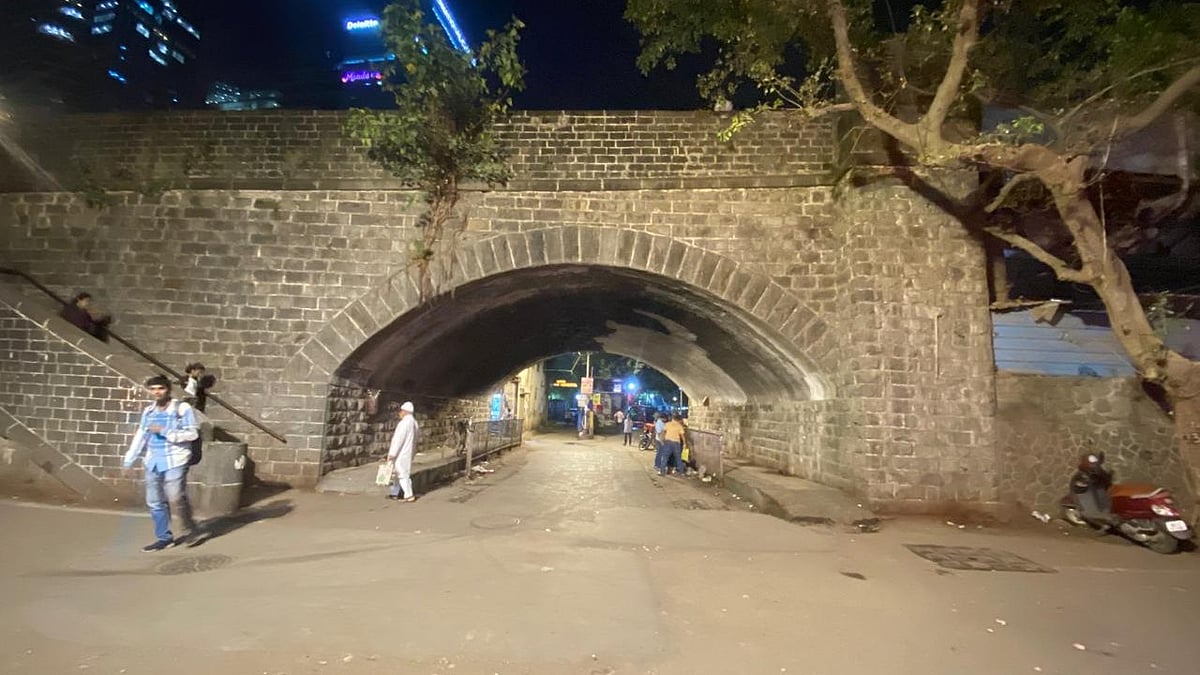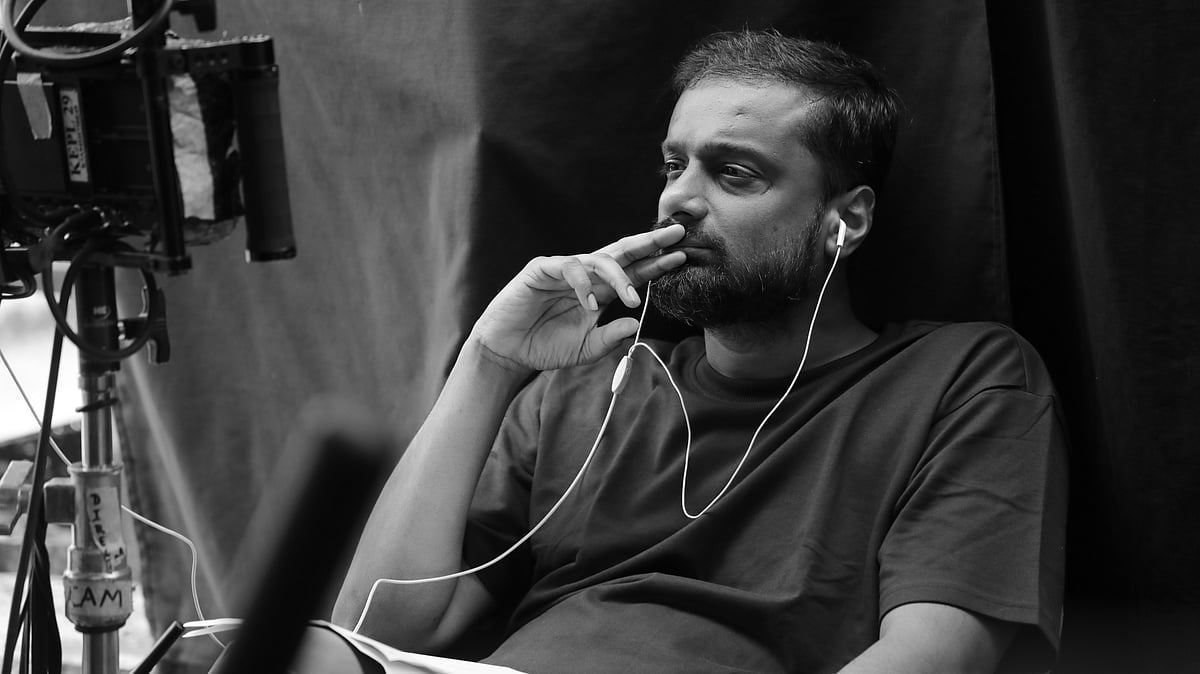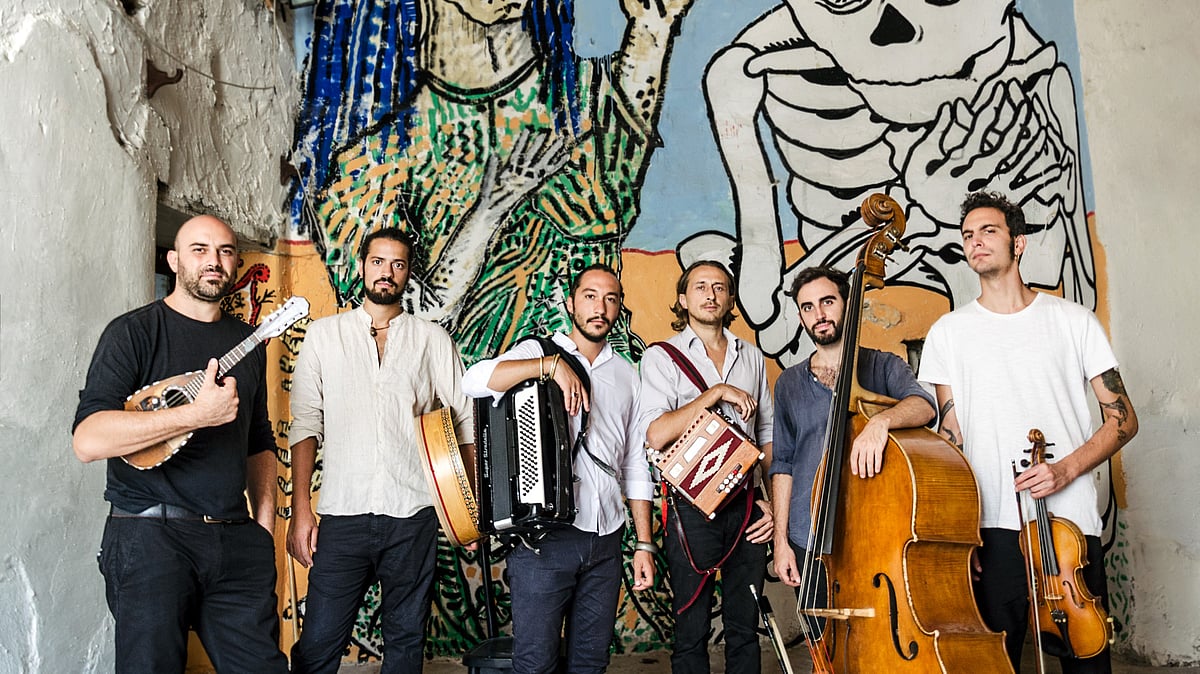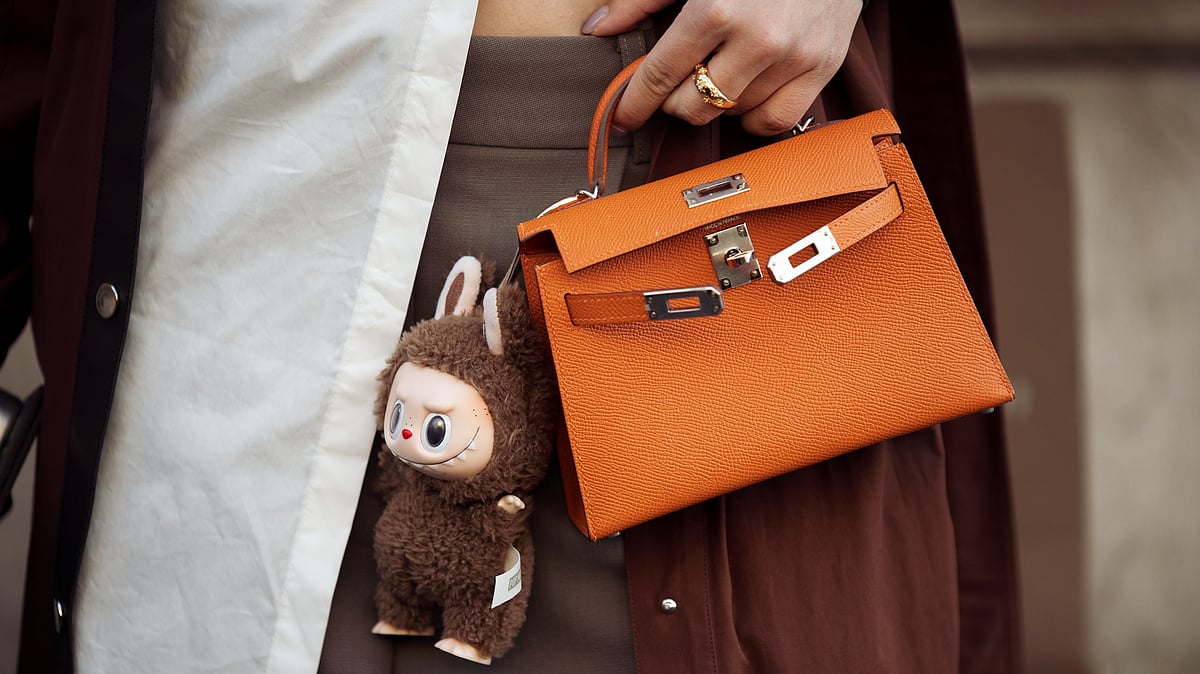As the growing impact of COVID-19 continues to rage across India, health-care professionals are now concerned that prolonged fear of the pandemic can prove as deadly. More and more patients with potentially life-threatening conditions are avoiding medical treatment, while others are turning to unhealthy habits for solace. Fueling the fear is news of widespread death, overwhelmed hospitals, and over-worked healthcare workers.
While the media has amped this news up to convey the gravity of the situation about this pandemic in order to motivate important measures such as wearing of masks, social distancing, among others, these fears are also causing substantial harm in creating an over phobic society.
The nation is still in the first wave of outbreak and is already knee deep with some 1.5 million active cases from this extremely contagious virus. As more than a dozen states have seen an explosion in new cases and hospitalisations in the last month – news of sudden lockdowns and arbitrary but stringent control measures – including arrests and fines in an attempt to control the situation has made the situation worse from a phobic point of view.
Let us start by understanding the root cause of such behaviours. Phobia or fear of some object, situation generally begins in childhood, as elders condition fear in mind of a child to stop it from doing mischief or an undesired act by instilling perceived dire consequences or negative experiences. Once conditioned, over time, the same child’s mind starts developing fear and phobias through negative experiences associated with objects, place-situations, or behaviour.
Specific phobias are known as simple phobias as they can be linked to an identifiable cause that may not frequently occur in the everyday life of an individual, such as snakes. These are therefore not likely to affect day-to-day living in a significant way. Social anxiety and agoraphobia are known as complex phobias, as the brain cannot tell the difference between perceived fear and actual danger.
People with complex phobias also find it harder to avoid triggers, such as leaving the house or being in a large crowd. A phobia becomes recognizable when a person begins organising their lives around avoiding the cause of their fear. It is more severe than a normal fear reaction. People with a phobia have an overpowering need to avoid anything that triggers their anxiety.
As per studies conducted in the United States, only a thin minority of adults experience complex phobias at some point in their life. However, having monitored social behaviour during the various stages of lockdown, there is a growing concern that a lot many people may develop temporary or permanent agoraphobia. To cite some examples:
- Stepping out of the house feels dangerous.
- Being touched by even a close friend makes a person cringe.
- Hearing a doorbell becomes a scary ordeal.
The current situation can affect people with the same complex phobia differently.
For example, some may find that physical distancing provides relief, as it discourages situations that may trigger fear, while others may find that physical distancing measures and the uncertainty of other people’s actions may trigger their anxiety even more. This may especially affect those who need to leave the home for any reason.
People already afflicted with agoraphobia can have more severe worry attacks under the present circumstances. For example, due to:
Support being less readily available
The fact that certain COVID-19 symptoms, such as shortness of breath or difficulty breathing, may be similar to those of a panic attack
The fact that hearing words such as “quarantine” and “physical distancing” may trigger fears of being alone and cut off from help
The general public anxiety and uncertainty about the future
The increased risk of social isolation and potentially depression
Having even more anxiety than before when out in public
The fear of closed spaces could be due lack of oxygen in a closed room. Fear in open spaces could be due to hyper ventilation. By using acupressure, generally all type of phobias could be taken care by treating certain meridian points. For that, one needs to train as a practitioner. But a layperson can self-treat by following some simple instructions.
Generally all type of phobias could be taken care by treating Meridian points on the hands, i.e. SI 3, P3, P6, TW 2, TW 10, H4, H7, H9, LU 10, LI 11, GV 20, ST 45, UB 66 and CV 14. And in order to overcome from any kind of fears, focus on S2 and UB 62.


Method: Take a probe or jimmy or even a pencil (with its lead point broken and smoothened). Trace the meridian points indicated in the figure below by moving probe in the area shown. Compared to rest of the area, the meridian points will experience pain at even the lightest of touch with the probe. Mark these points and stimulate the point for about fifteen seconds. Then, paste mung seed with its white germinating point for points to be tonified (shown ↑) and methi on the points that are to be sedated (↓). H – Heart, Lu – Lungs, P- Pericardium, L – Liver, Sp – Spleen, K - Kidney, CV – Conception Vessel, Yin side i.e. front of hand, Li – Large Intestine, Tw – Triple warmer, Si – Small Intestine, St – Stomach, G – Gall Bladder, B – Urinary Bladder. Yang or back of hand.
Agoraphobia – Fear of being alone or in public places; like crowds, buses, fairs, trains, crowded markets, tunnels, airplane cabin etc.
Treatment points: P 6, H 3, 7, Li 4, GV 20, Liv 3, GV 14.
Aphephobia – Fear of being touched.
Treatment points: P 6, CV 6, Liv 2, UB 20.
Phobias or fear of any kind can be cured using such treatments. For specific problems do visit www.artofselfhealing.in
Fear or phobias can be overcome without the continuous use of medicines or extended medical supervision. However, understanding the real problem is critical and nothing better than a visit to a specialist doctor. The treatments prescribed above are complimentary and without side effects, and can be administered by self.
The treatments prescribed above are complimentary and without side effects, and can be administered by self. Sketches/ diagrams with more details of meridian points are available on www.artofselfhealing.in.
(From increasing metabolism to overcoming physical problems, through a series of article, Prof Luthria will speak about the art of self-healing through different healing techniques.)

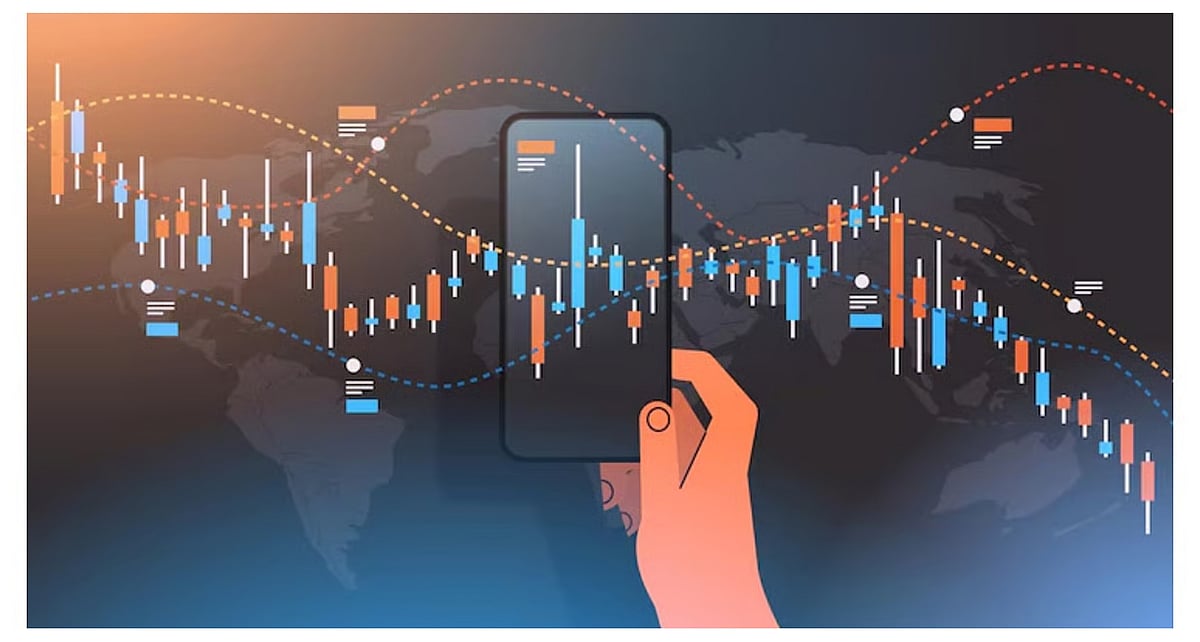


.jpg)

